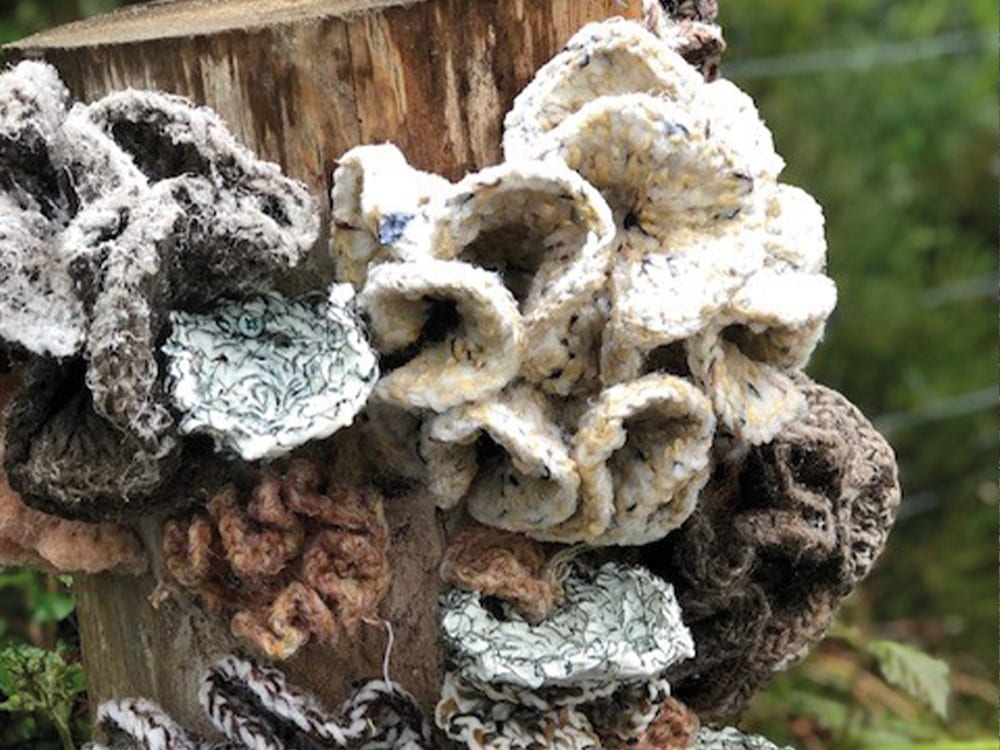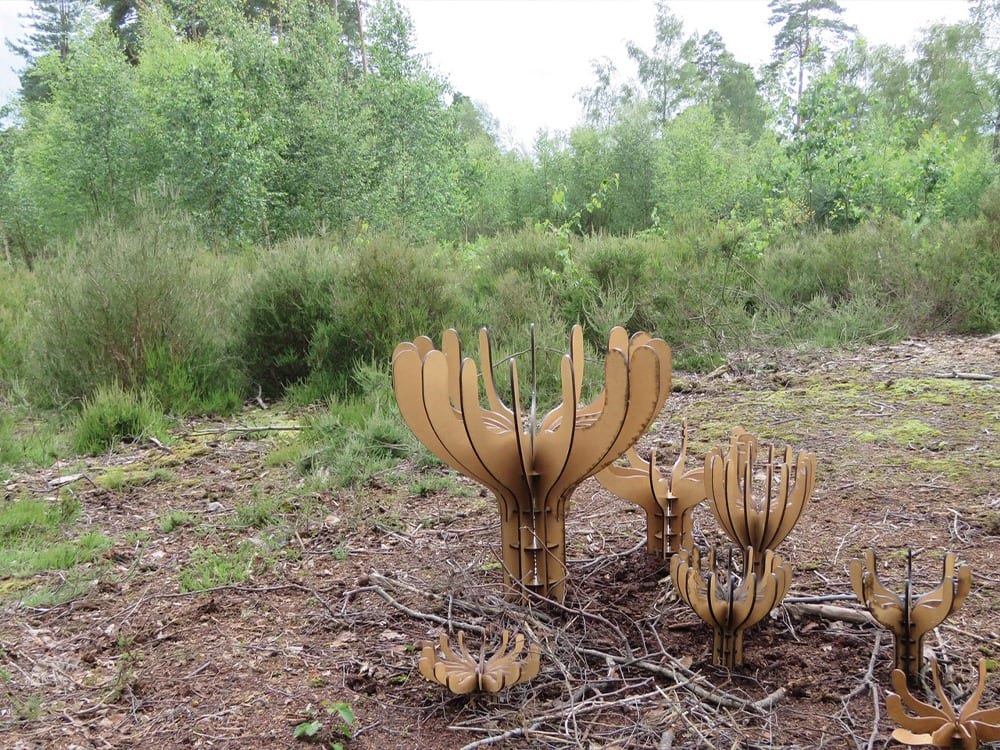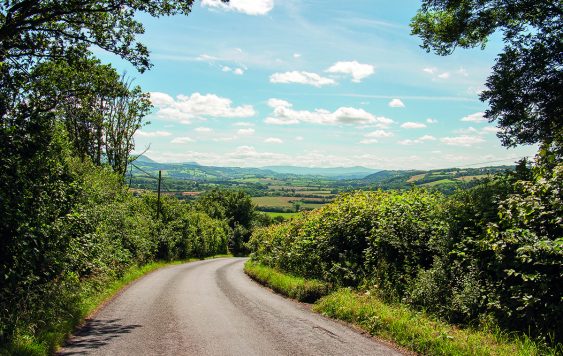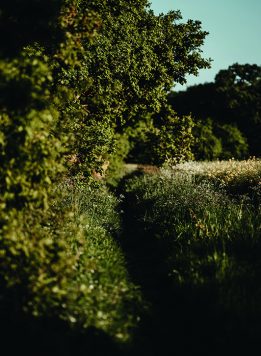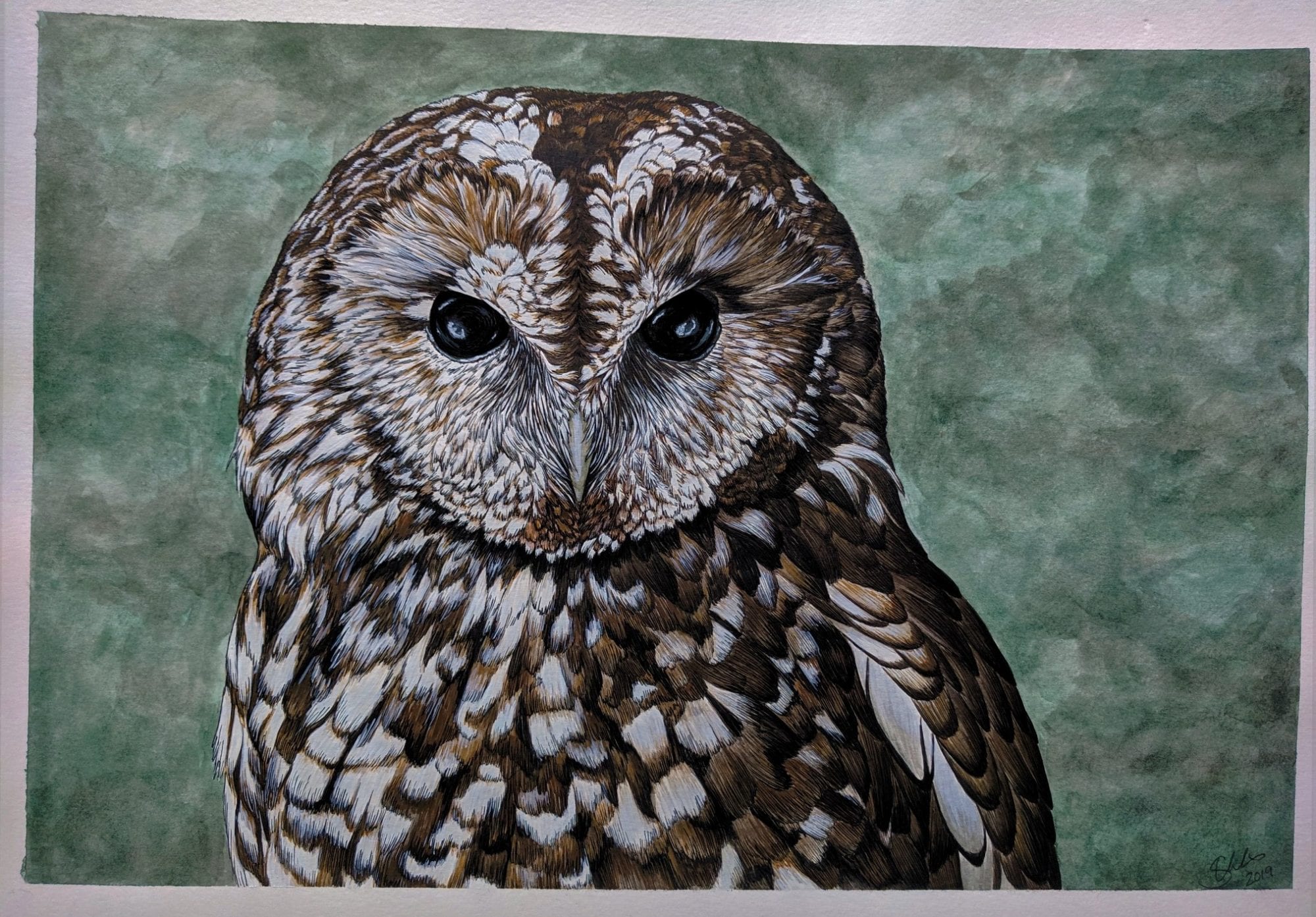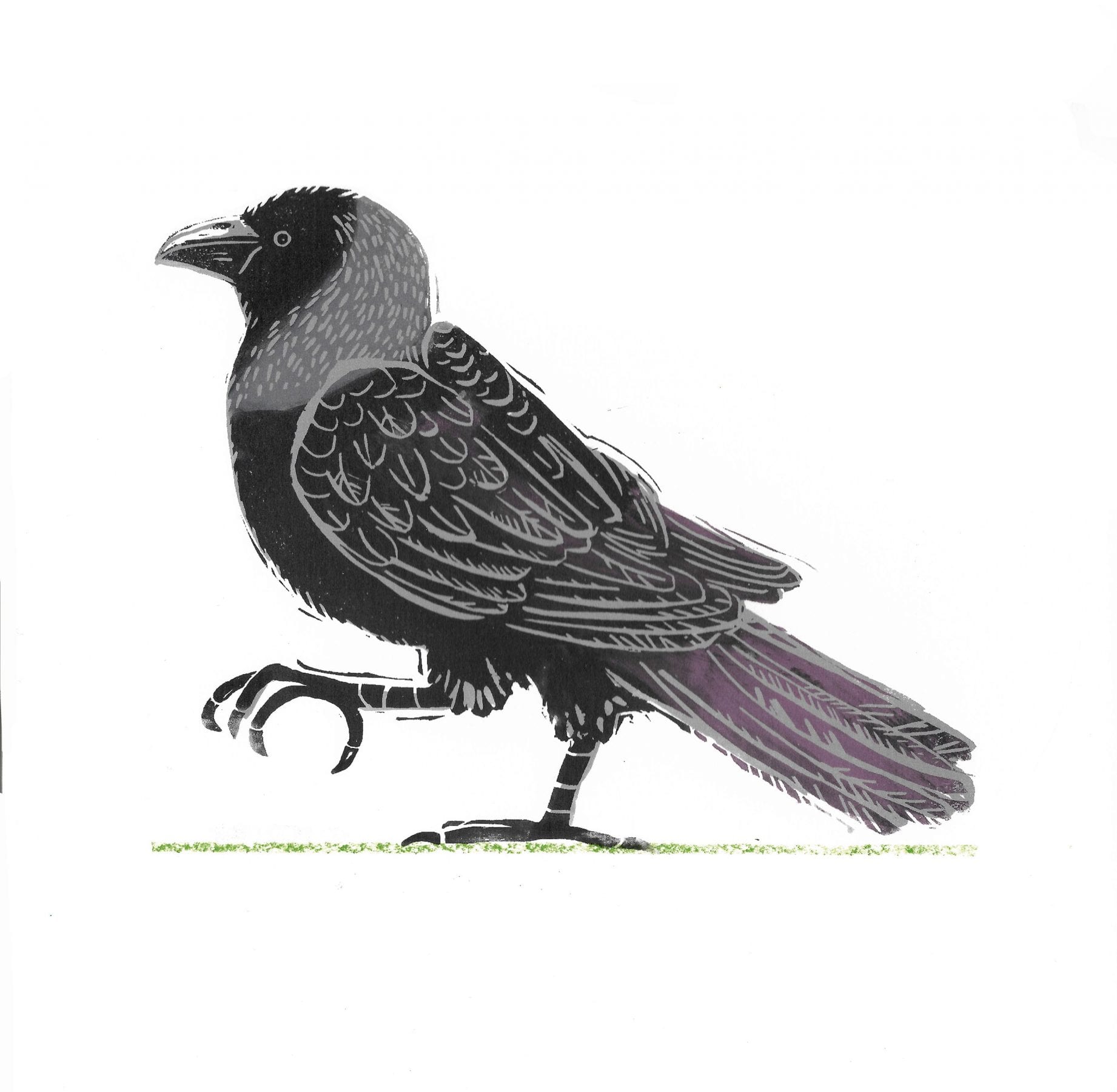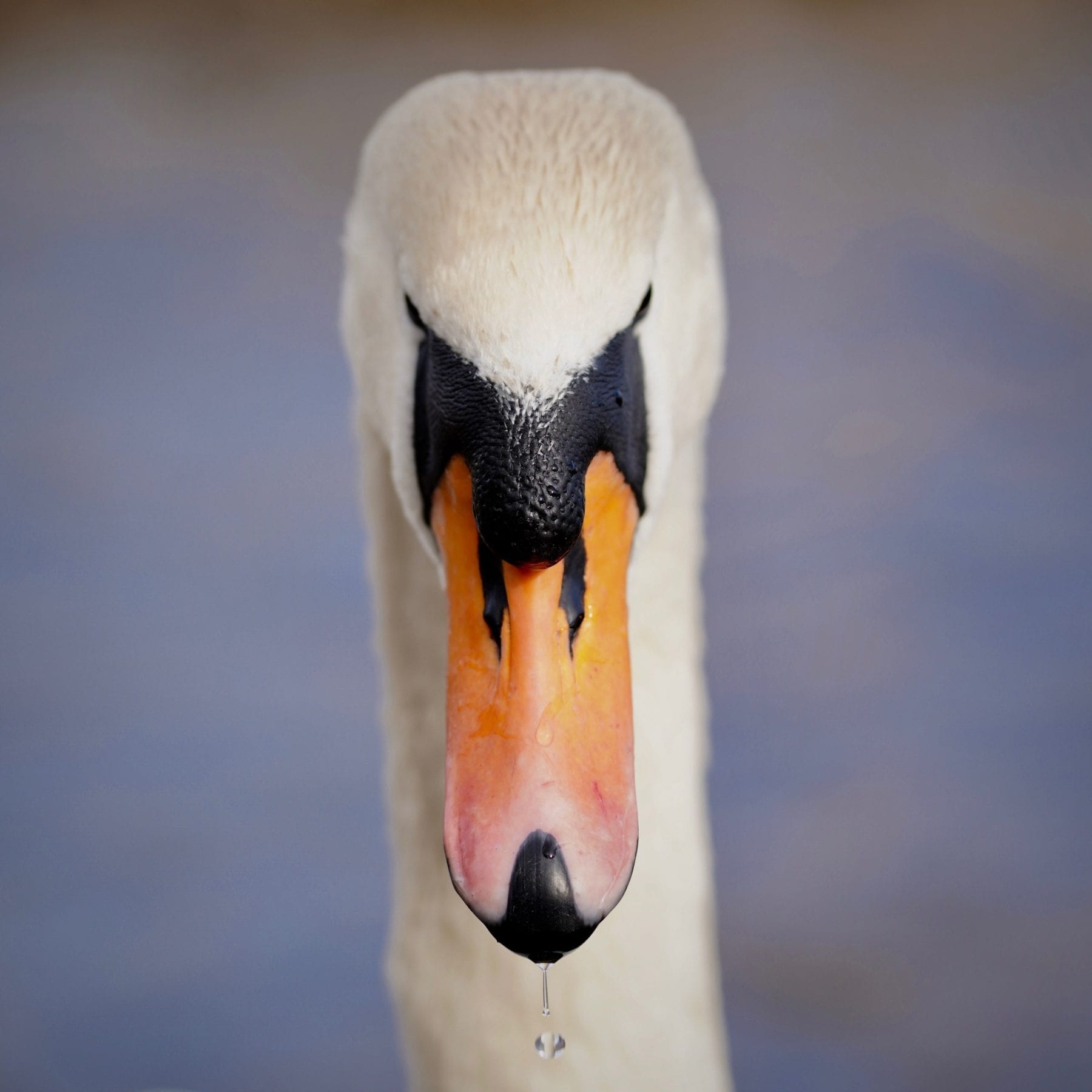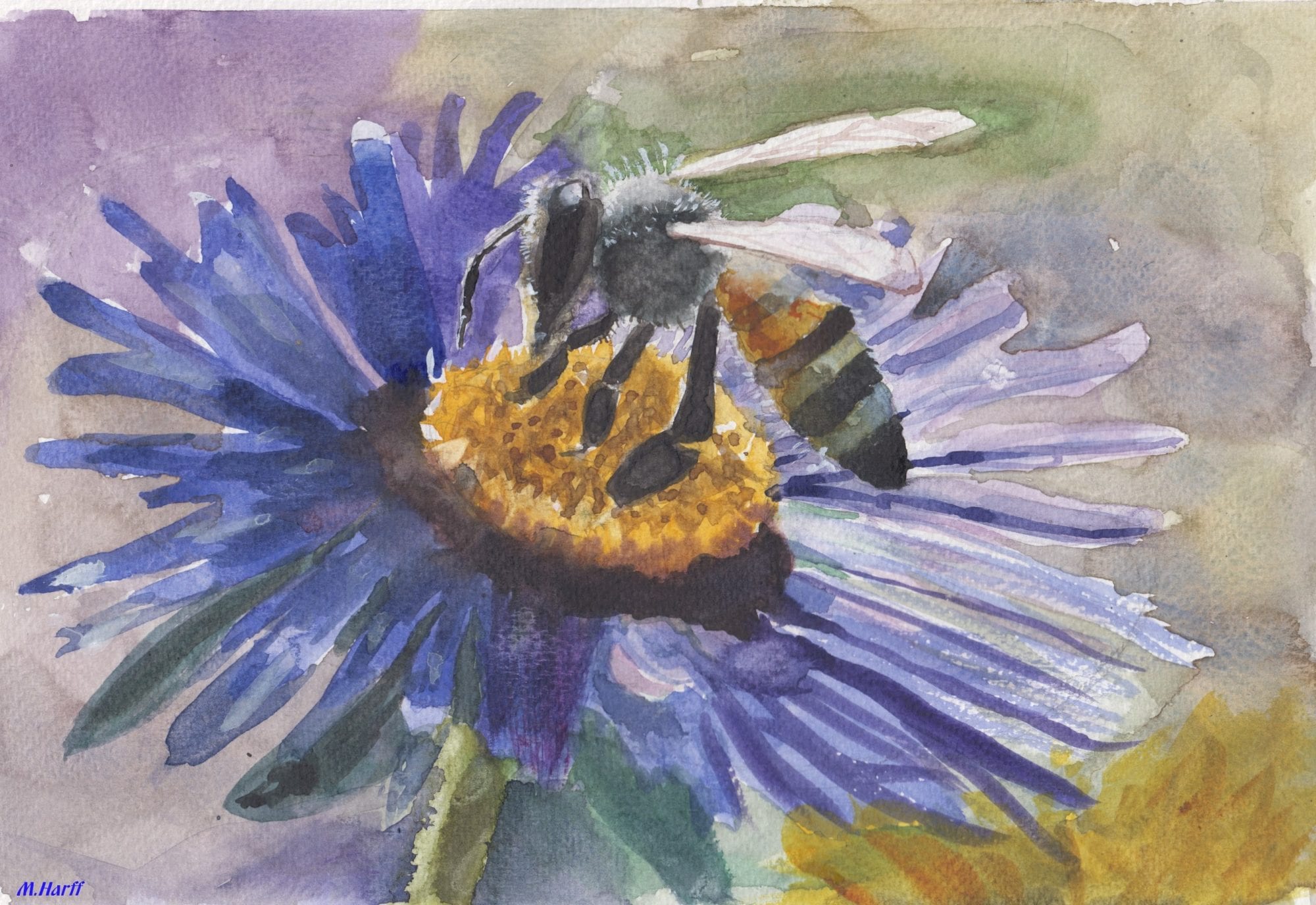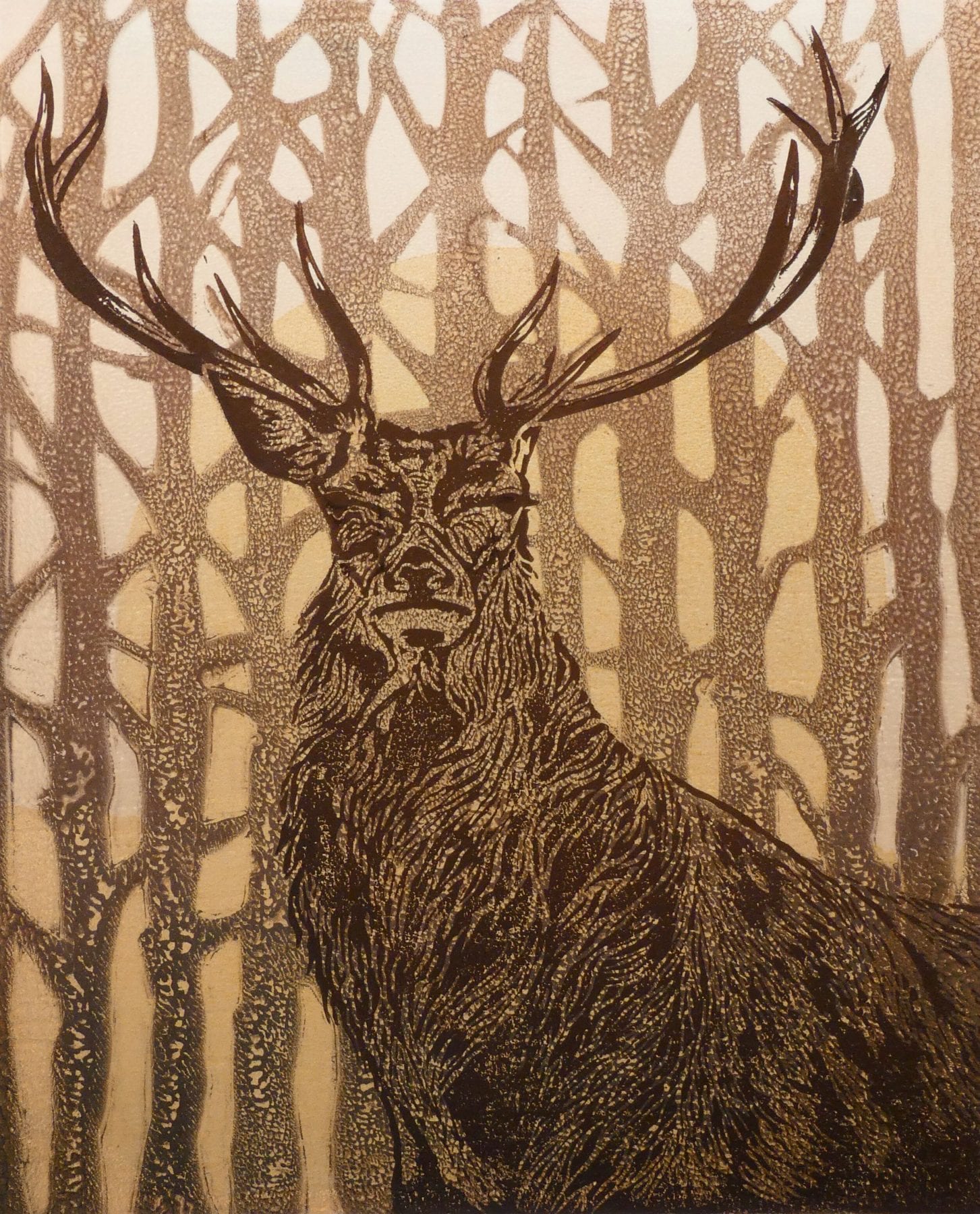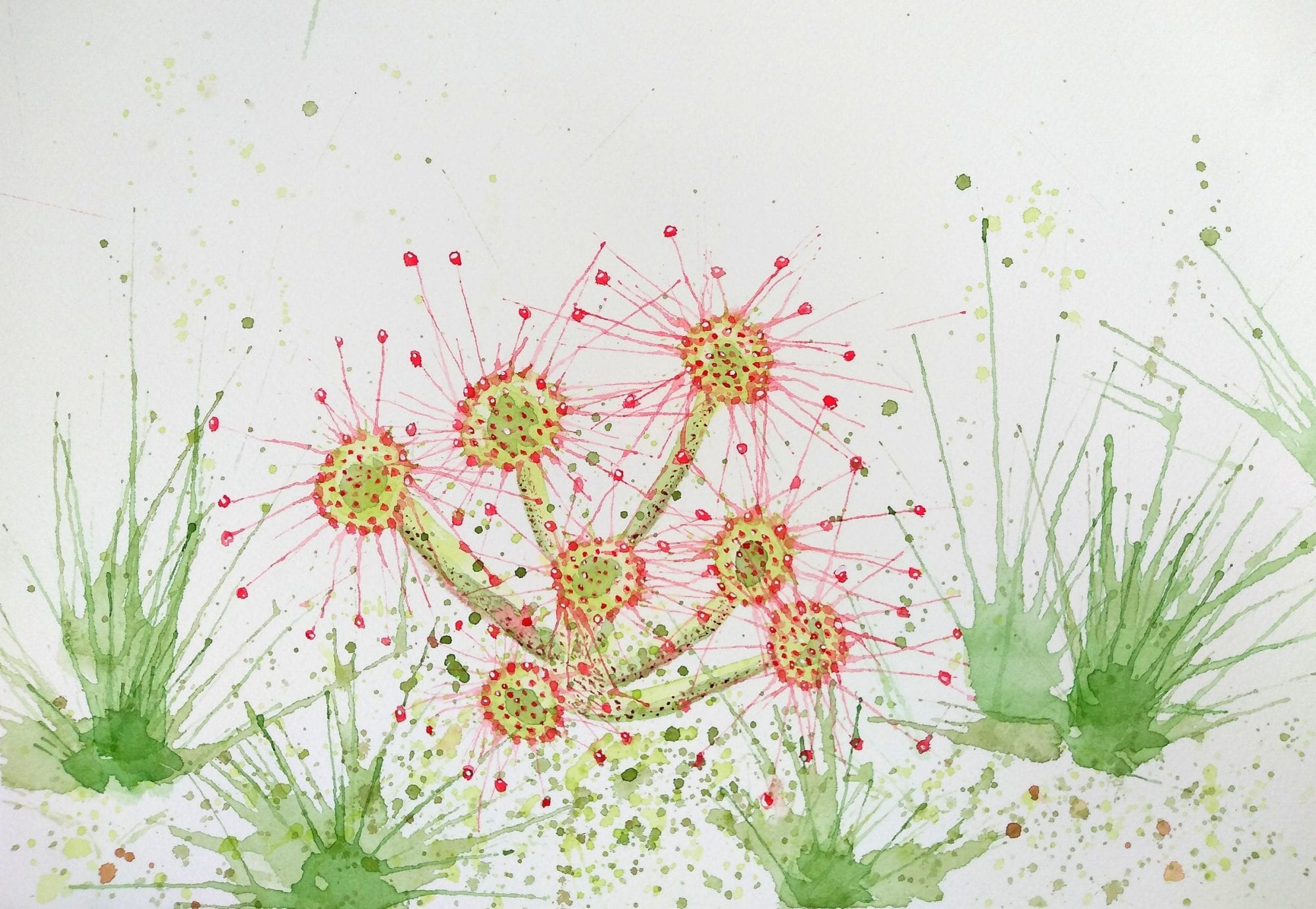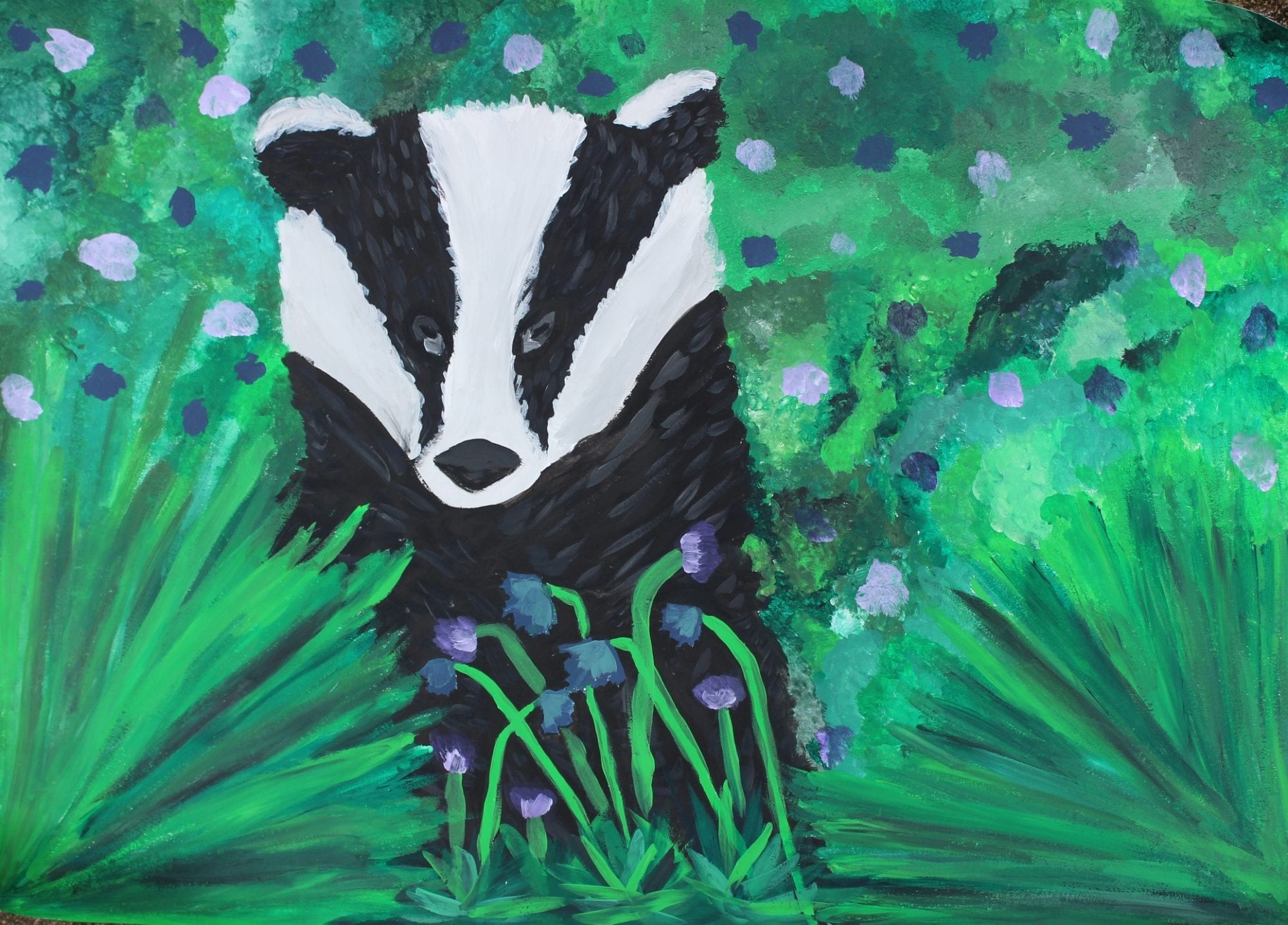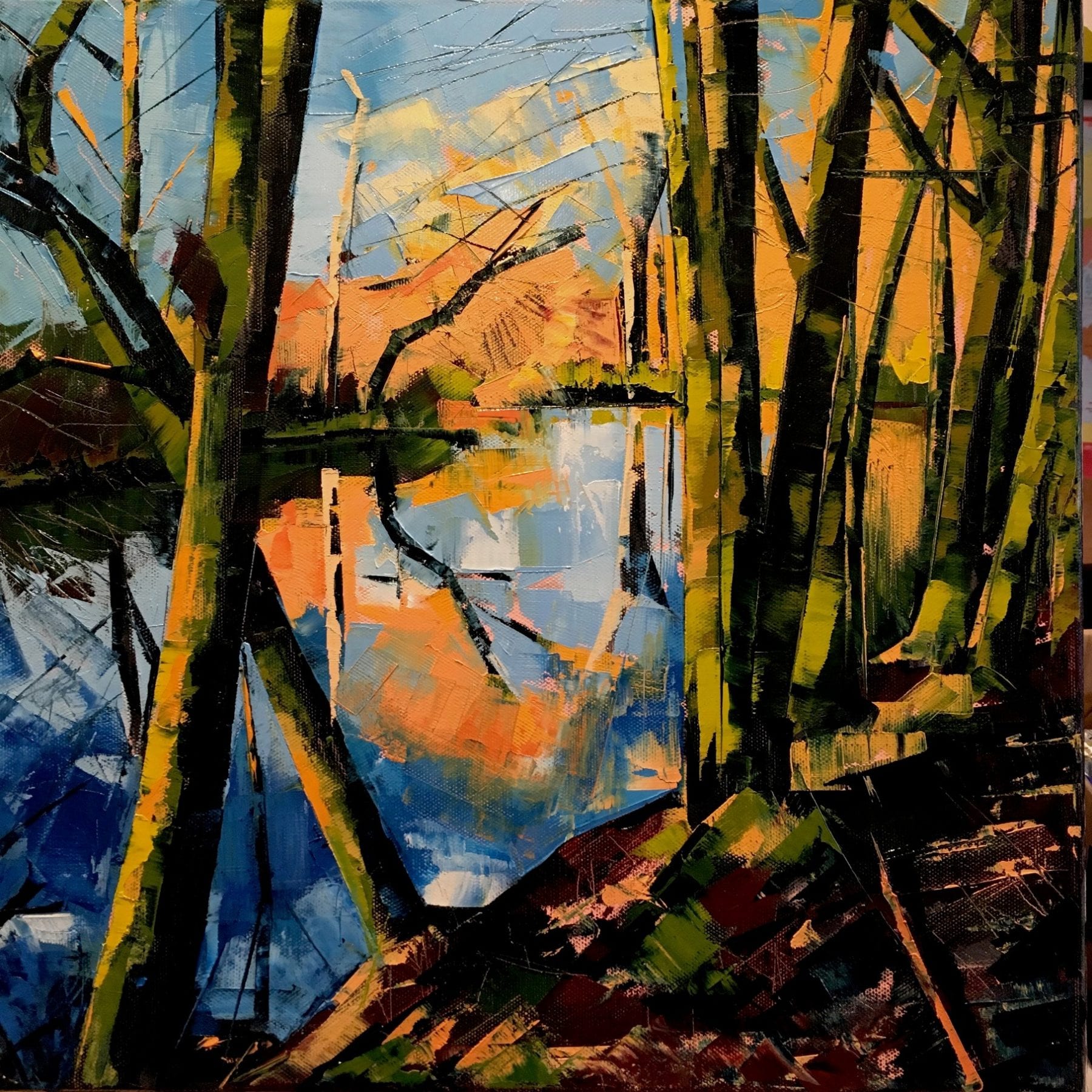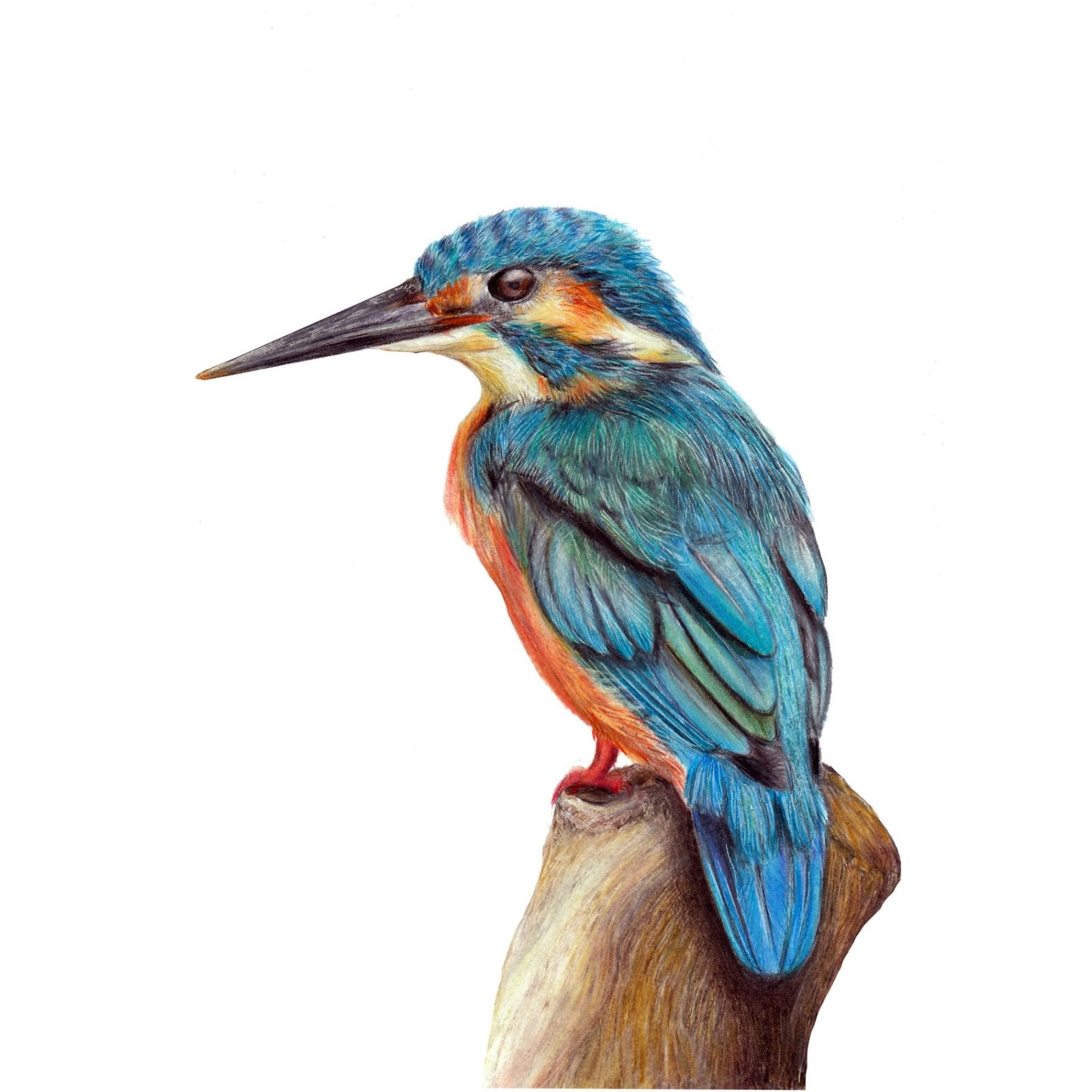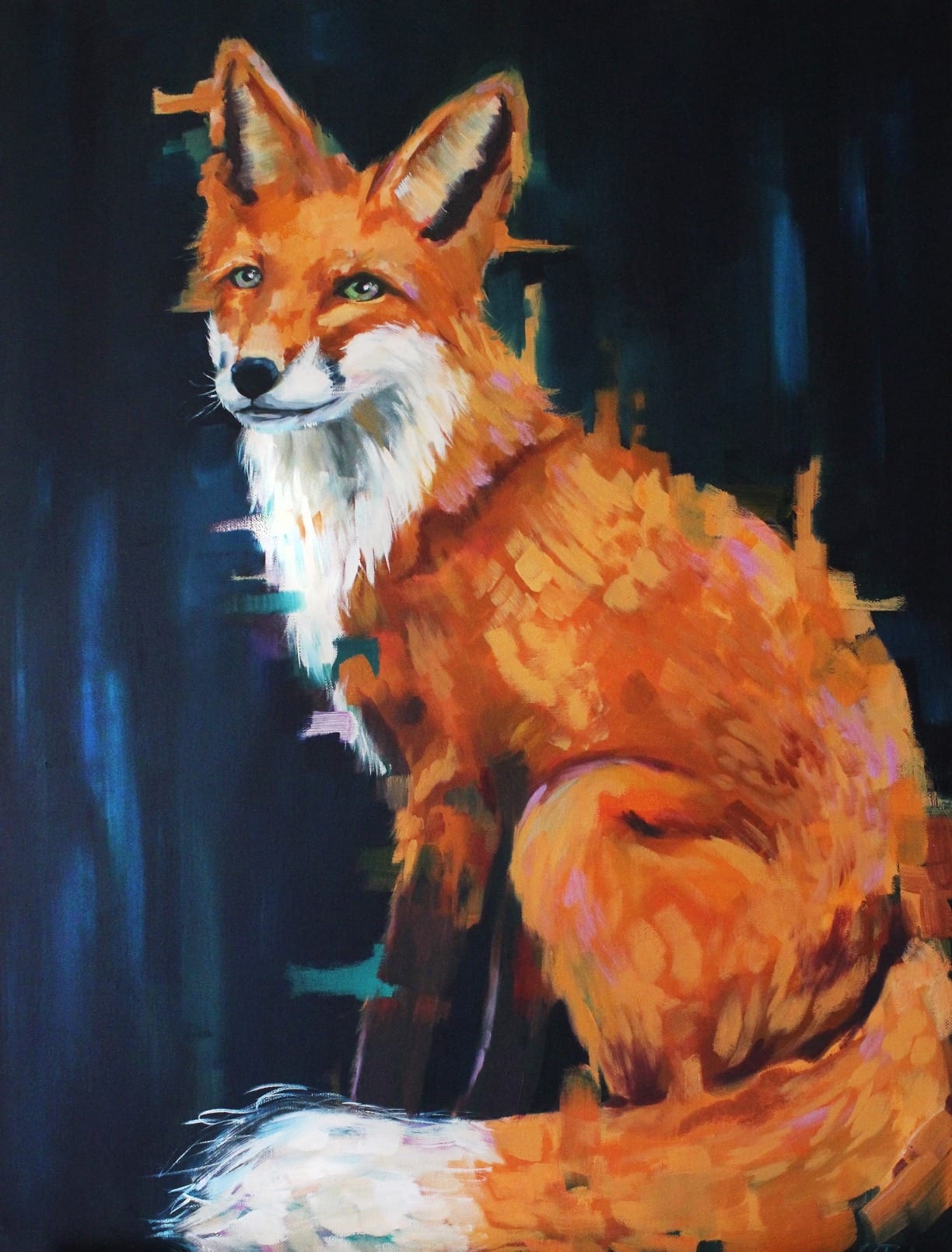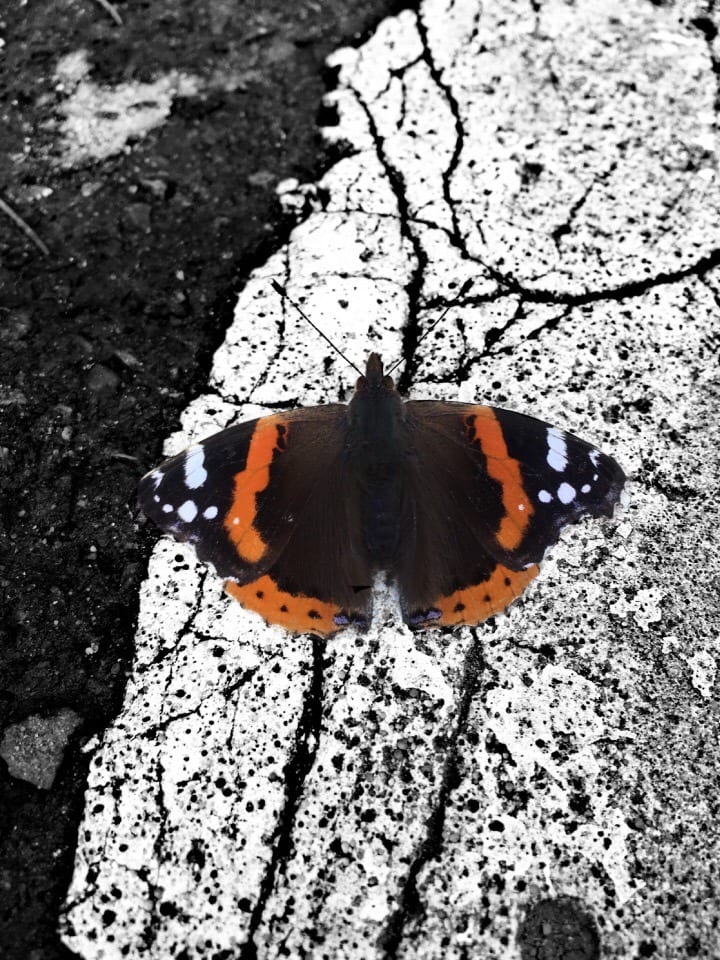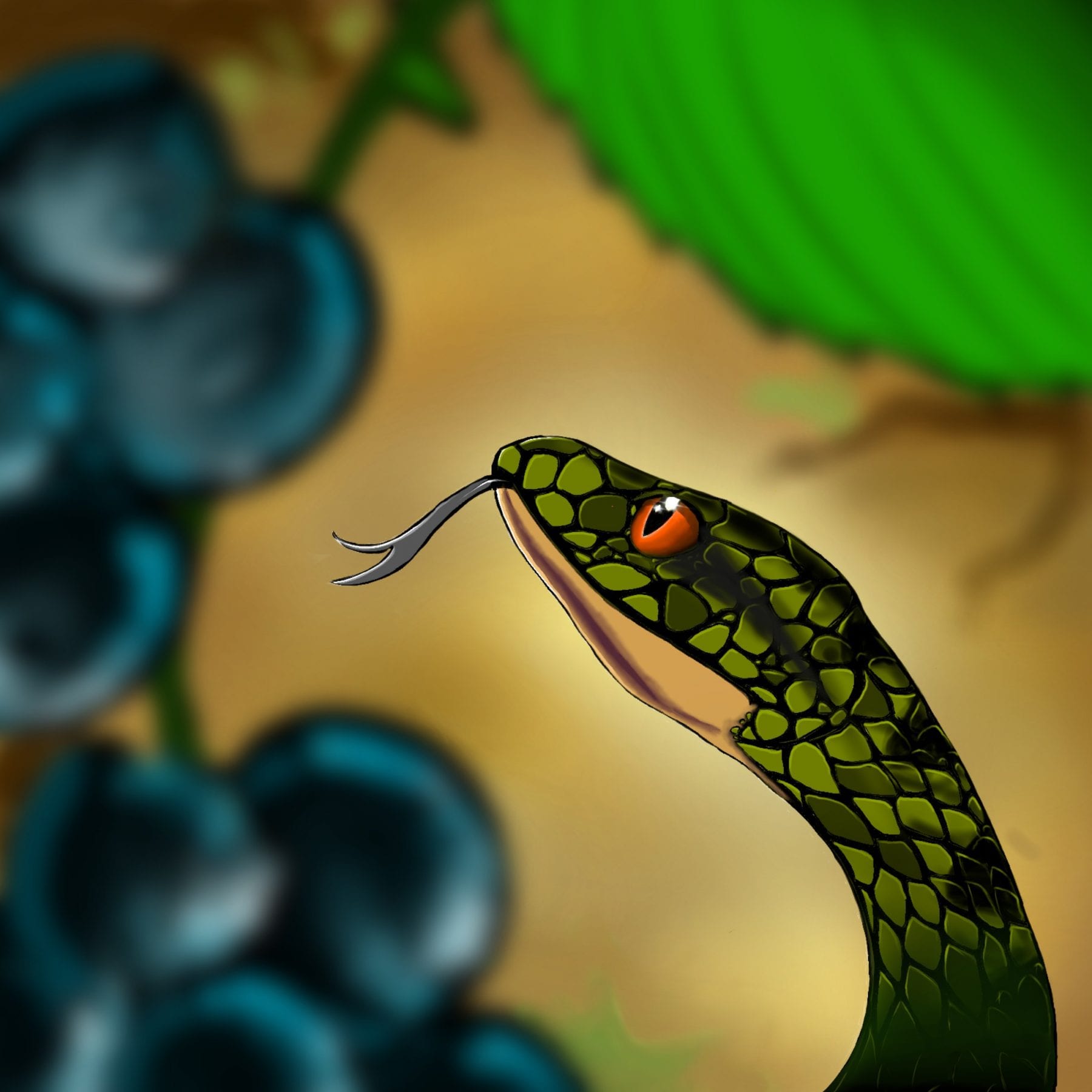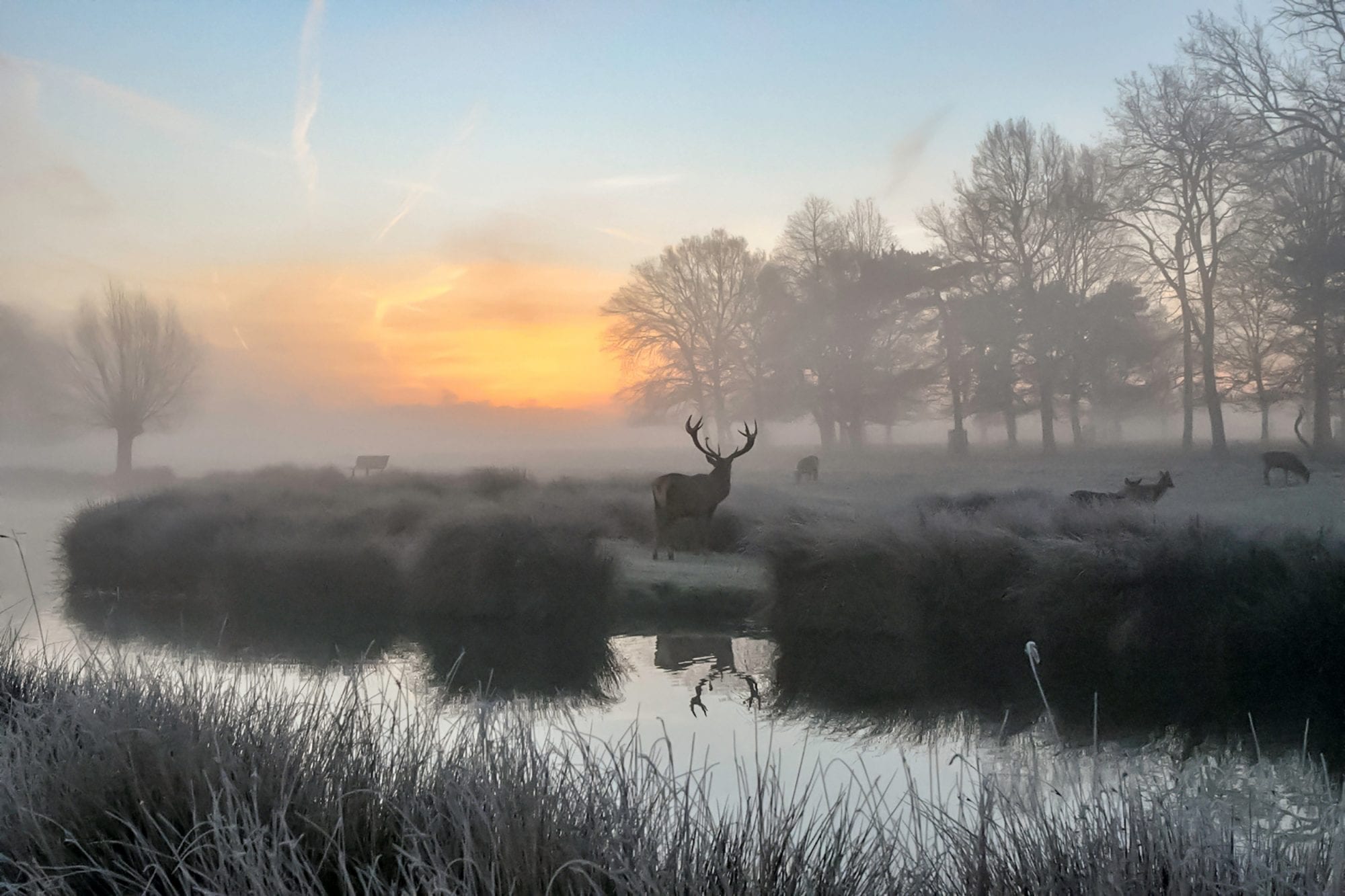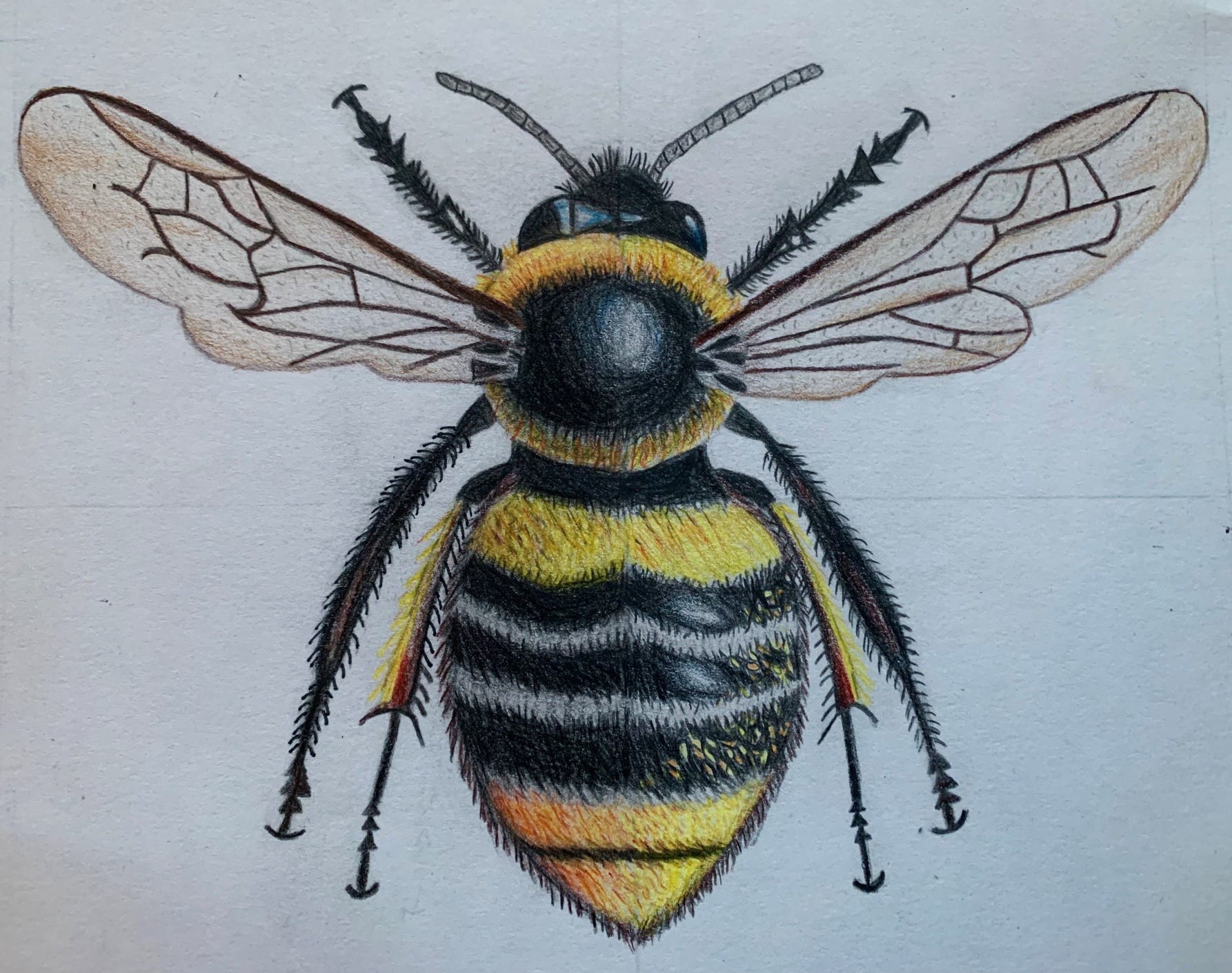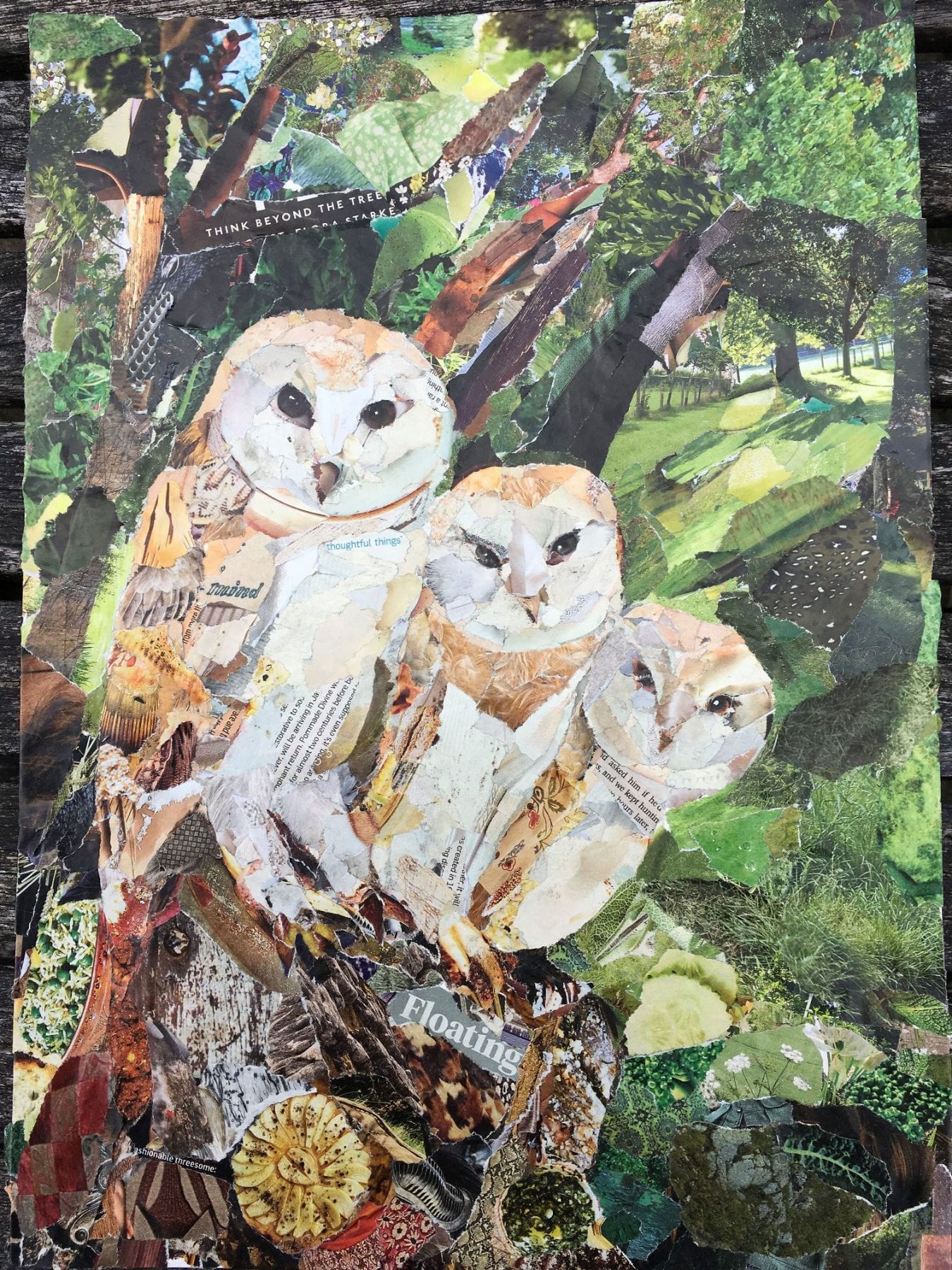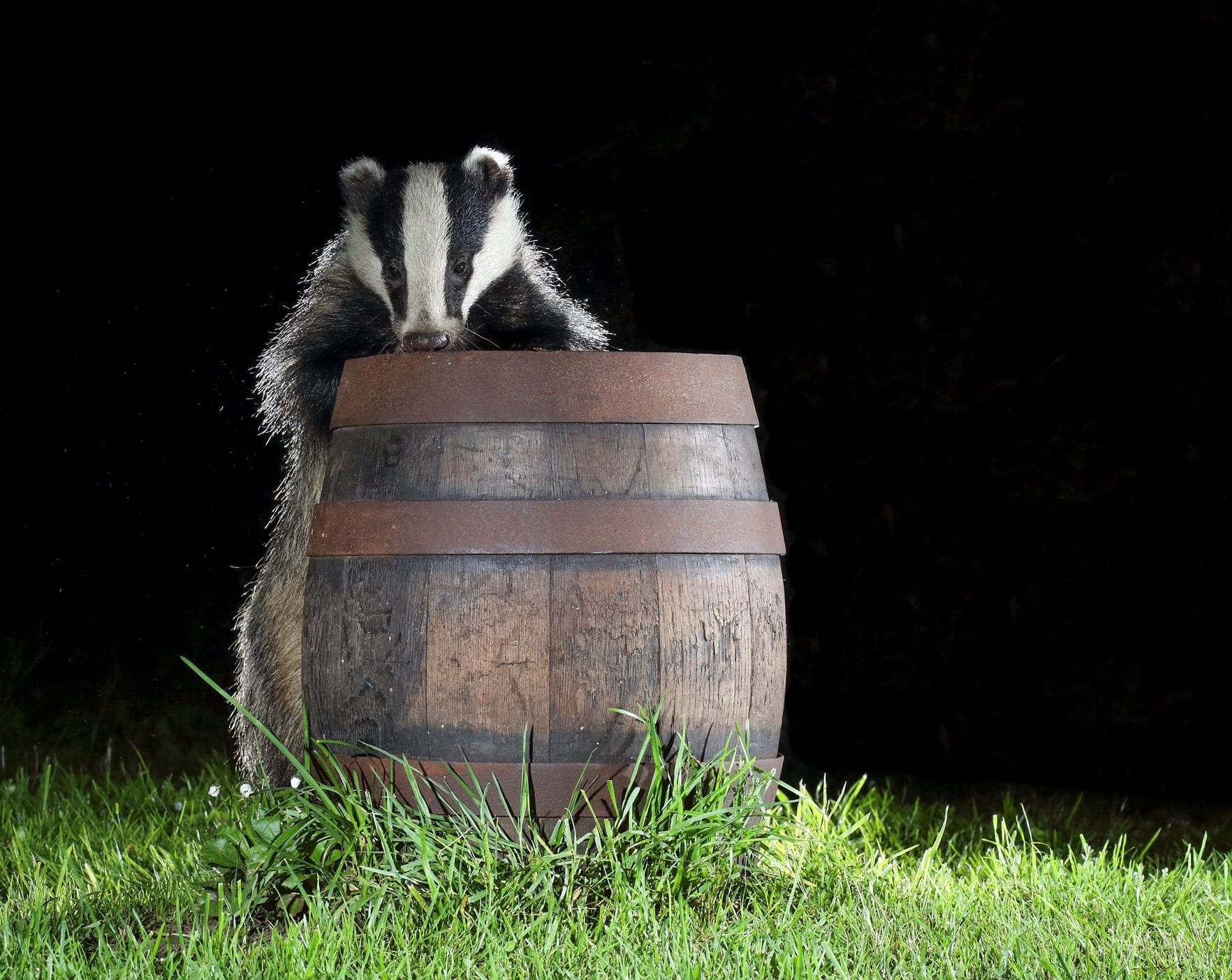Photo credit: Adam Cormack
A new campaign launched today by The Wildlife Trust and RHS is asking you to pledge some garden space for butterflies and moths
This year’s Wild About Gardens campaign is calling on gardeners to get growing to help the UK’s falling numbers of butterflies and moths.
The new campaign draws inspiration from a new film adaptation of the Frances Hodgson Burnett classic, The Secret Garden, starring Colin Firth, Julie Walters and newcomer Dixie Egerickx as Mary Lennox. The film will be bringing the magic of wildlife, childhood and gardening to the big screen this spring when it blooms in cinemas across the UK from Good Friday, 10th April.
The Wild About Gardens campaign, run jointly by The Wildlife Trusts and Royal Horticultural Society (RHS), looks at butterflies and moths as important pollinators, who, along with caterpillars, are vital food for birds like robins and blue tits as well as bats. However, their habitats have faced catastrophic declines and once-common species like the small tortoiseshell have dropped by up to 80% in the last 30 years in some areas.
An ideal butterfly garden has a wide variety of plants throughout the year to support their life cycles – for butterflies and moths emerging from hibernation, egg-laying females, caterpillars and then as adults. Early-flowering species such as dandelions, aubretia and native bluebells are good sources of nectar; these could be followed by buddleia and red valerian and, finally, ivy flowers which are a great late-season asset in the autumn. Many wildflowers and long grasses are also excellent larval food-plants. Whether your garden is large or small – or simply a flowering window-box – it could throw these declining insects a lifeline, especially in urban areas.
The Wildlife Trusts’ gardening champion, horticulturist and TV presenter Frances Tophill said: “Our garden flowers and plants provide a rich source of rejuvenating nectar for these much-loved garden visitors as they emerge from hibernation to herald the start of spring.
“Go wild in your garden and leave the dandelions and daisies in the lawn to provide a meal, aim for year-round flowers and include a wildflower area for egg-laying females as well as gardeners’ favourites like lavender, nasturtium and verbena.
“The Wild About Gardens website is packed with information and easy actions we can all take to support butterflies and moths throughout their impressive life cycle.”
The Wildlife Trusts and RHS believe every butterfly garden counts and want to know about every new wild area, box or border that’s being grown for butterflies. Each garden contributes towards the network of green spaces that nature needs to survive and they ask you to pledge a bit of garden for butterflies and put it on the map here www.wildaboutgardens.org.uk. In the story of The Secret Garden, the garden eases grief, heals rifts and brings the joy out in all who experience it. Make a special place for wildlife – your very own Secret Garden where you can replenish your soul, reconnect with nature and help wildlife to thrive. You’ve probably noticed how spotting butterflies or birds, or walking through woodlands, or alongside rivers and streams can help to lift your mood. Make some time for nature today and enjoy the restorative benefits!
Download or pick up a booklet The Wildlife Trusts and RHS have published a beautiful – free – booklet with colourful advice and easy tips designed to make our outdoor spaces more attractive to butterflies, moths and their caterpillars. Available here https://wtru.st/butterfly and on the Wild About Gardens website from today, 12th March. These will be available at special events during the spring including the Chelsea Flower Show and promoted through Wildlife Trust events, visitor centres and community action groups including the In Bloom network.








